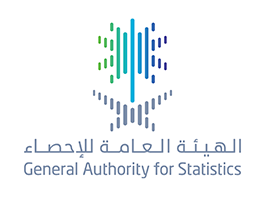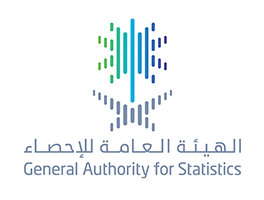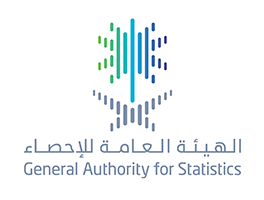Official government website of the Government of the Kingdom of Saudi Arabia
Links to official Saudi websites end withgov.sa
All links to official websites of government agencies in the Kingdom ofSaudi Arabia end with .gov.sa
Government websites use theHTTPSprotocol for encryption and security.
Secure websites in the Kingdom of Saudi Arabia use the HTTPS protocolfor encryption.

Air and Water Traffic Increase During 2021
01-11-2022

Real GDP Grows by 8.6% in Q3 of 2022
31-10-2022
Non-Oil Merchandise Exports Increase by 16.6% in August 2022
25-10-2022

GASTAT: Real Estate Price Index Increases by 1.5% in Q3 of 2022
19-10-2022

Air and Water Traffic Increase During 2021
01-11-2022

Real GDP Grows by 8.6% in Q3 of 2022
31-10-2022
Non-Oil Merchandise Exports Increase by 16.6% in August 2022
25-10-2022

GASTAT: Real Estate Price Index Increases by 1.5% in Q3 of 2022
19-10-2022